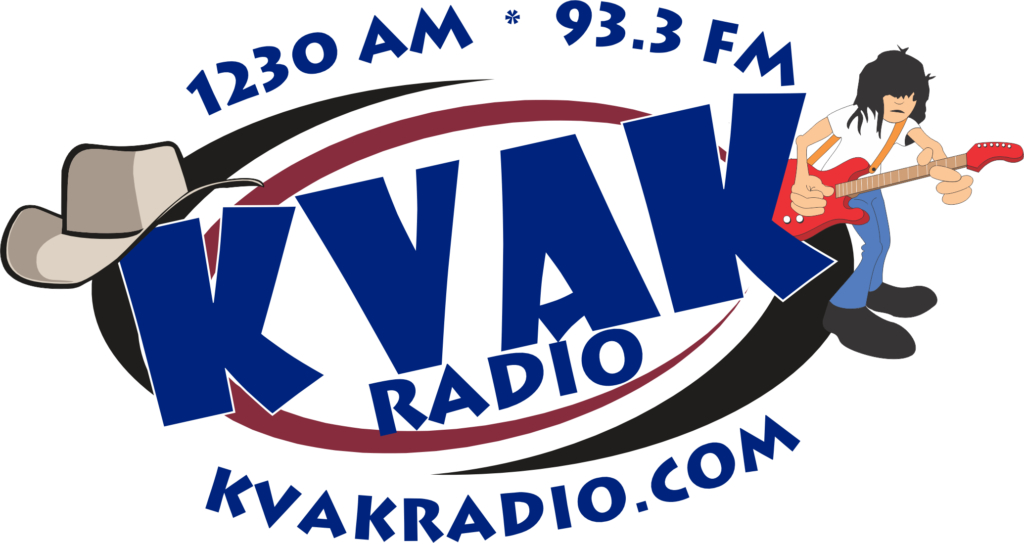
This month the State of Alaska adopted regulations to streamline the regulatory process for communities wanting to provide low-cost and clean energy by nuclear microreactor power generation.
The regulations stem from Senate Bill (SB) 177 which Governor Dunleavy signed into law in 2022, updating Alaska Statute (AS) 18.45.
Constructing any nuclear facility in Alaska requires both federal and state permits. The Nuclear Regulatory Commission (NRC) is the authority over civilian nuclear safety. All aspects pertaining to safety for each application for a nuclear reactor are addressed in the NRC permitting process. The state’s authority over nuclear power generation is limited to siting.
Previously, the Department of Environmental Conservation (DEC) could not issue a permit for siting a nuclear facility unless the land for the facility was both designated by Legislature and the local municipal government approved the permit. The 2022 updates to AS 18.45 remove the requirement for the Legislature to designate land for a nuclear microreactor. In unorganized boroughs which have no municipal government, the Legislature must approve the siting permit.
The regulations establish requirements for the applicant to engage the public early in the permitting process.
These changes give communities more control over how they meet local energy demands and lay the groundwork for developers to utilize dependable and carbon-free nuclear energy to power work in remote locations.
“For rural Alaska villages that are now dependent on diesel power generation, power from nuclear microreactors can be a gamechanger that reduce both the cost for electricity and carbon emissions,” said Governor Mike Dunleavy. “I want all Alaskans to have access to 10 cent power by 2030. These regulations lay the groundwork to help accomplish that goal.”
“It’s incredibly important to engage with stakeholders early and often. Giving local governments the ability, or rather the requirement to participate in the siting of these facilities will be vital to the success of microreactors in Alaska,” said DEC Commissioner Jason Brune. “Microreactors also have the potential to bring rural resource development projects to fruition, bringing economic opportunity to rural Alaska while also protecting human health and the environment.”
The U.S. Department of Air Force’s preferred location to pilot its first microreactor is at the Eielson Airforce Base (AFB) near Fairbanks. This is also the first microreactor project in Alaska. The target for the Eielson AFB microreactor to be operational is 2027. Commercial microreactors are anticipated to be available for communities within a decade.
Prior to the SB 177 updates, Alaska’s statutes on atomic energy were written in an era when nuclear energy was primarily produced in large-scale power plants or aboard aircraft carriers or submarines. Nuclear power plants have produced roughly 20% of energy in the U.S. since 1990.
In contrast to the large nuclear power plants on Lower 48 grids which average 1 gigawatt of power per plant, nuclear microreactors are much smaller. SB 177 defined microreactors as advanced nuclear reactors capable of producing no more than 50 megawatts. The largest micronuclear reactor is 95% smaller than the average full-scale nuclear reactor.
Microreactors can be operated independently from the existing power grid. Most commercially available microreactors will be factory assembled, with the reactor core transported to the site as a pre-fueled and sealed module that acts as a nuclear “battery,” providing energy without the need for refueling for up to a decade. Microreactors’ small units are designed to be easy to transport. The reactor core provides long-lasting energy that eliminates the need to continuously ship in diesel, the current fuel used to generate electricity in most of rural Alaska.
“Accelerating deployment of advanced nuclear energy technologies will be a key to unlock both greater quality of life, and greater competitive economic advantage for Alaskans – and that translates to greater security for our Nation as we enter a new frontier of global competition,” said Steve Aumeier, Ph.D., Senior Advisor of Strategic Programs at Idaho National Laboratory. “Once again, with leadership of Governor Dunleavy, the Alaska Legislature, and key business and academic stakeholders, Alaska is paving way.”



